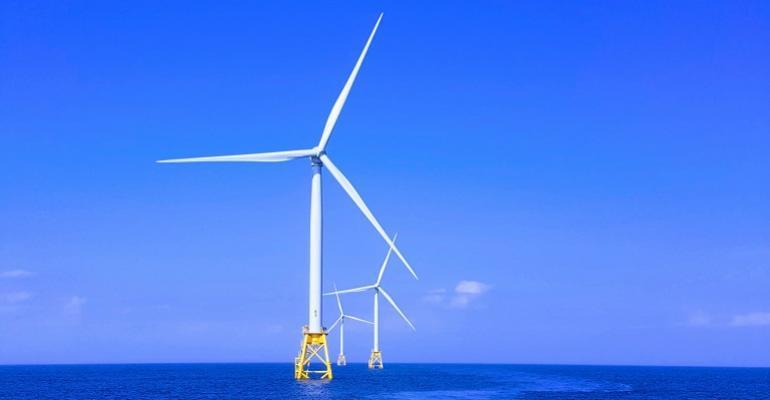Brussels-based WindEurope, formerly the European Wind Energy Association, which has more than 400 wind industry members, is concerned that the process of licensing and approving offshore wind projects is hampering the sector’s development and could lead to ‘new lock-ins to fossil fuels’ that are incompatible with 2050 climate neutrality by 2050.
WindEurope CEO, Gary Dickson, pointed out this week that Europe currently imports 58% of its energy, mostly fossil fuels, often from countries that pose serious geopolitical risks. “The Russian invasion of Ukraine has revealed just how vulnerable these dependencies make us,” he wrote in an article ahead of next week’s WindEurope Annual Event in Bilbao. “Energy policy is now security policy”, he declared.
Dickson said that Europe must “get real” about solving the insufficient permitting of new wind farms. Procedures, both for new facilities and the re-powering of existing ones, are too drawn-out and complicated, easily taking up to five years or more.
He did not identify countries by name. However, Norway is a case in point. In a European context, the country is important as an energy exporter. It is largely self-sufficient in electricity generated from hydropower and could therefore export large amounts of offshore wind power to other parts of Europe.
However, developments there have been delayed, even as the country seeks to speed up the diversification of its hydrocarbon-based energy sector which, over a number of decades, has enabled the accretion of the world’s largest sovereign wealth fund.
Plans for the country’s first offshore wind lease auction, due to be held in the first half of this year, have been scaled back, according to reports. Tenders for 1.5GW of fixed-bottom capacity in the Soerlige Nordsjoe region are to be tendered, but this is only half of the capacity identified by the Norwegian Government last year. Meanwhile, a similar volume of floating wind capacity is to be tendered in the Utsira Nord zone.
However, the Government announced last month that the country’s Offshore Energy Act would require amendments before the two developments can go ahead. It is understood that no timetable has yet been decided, either for revision of the legislation, or for the tendering process.
Copyright © 2024. All rights reserved. Seatrade, a trading name of Informa Markets (UK) Limited.
Add Seatrade Maritime News to your Google News feed.  |

